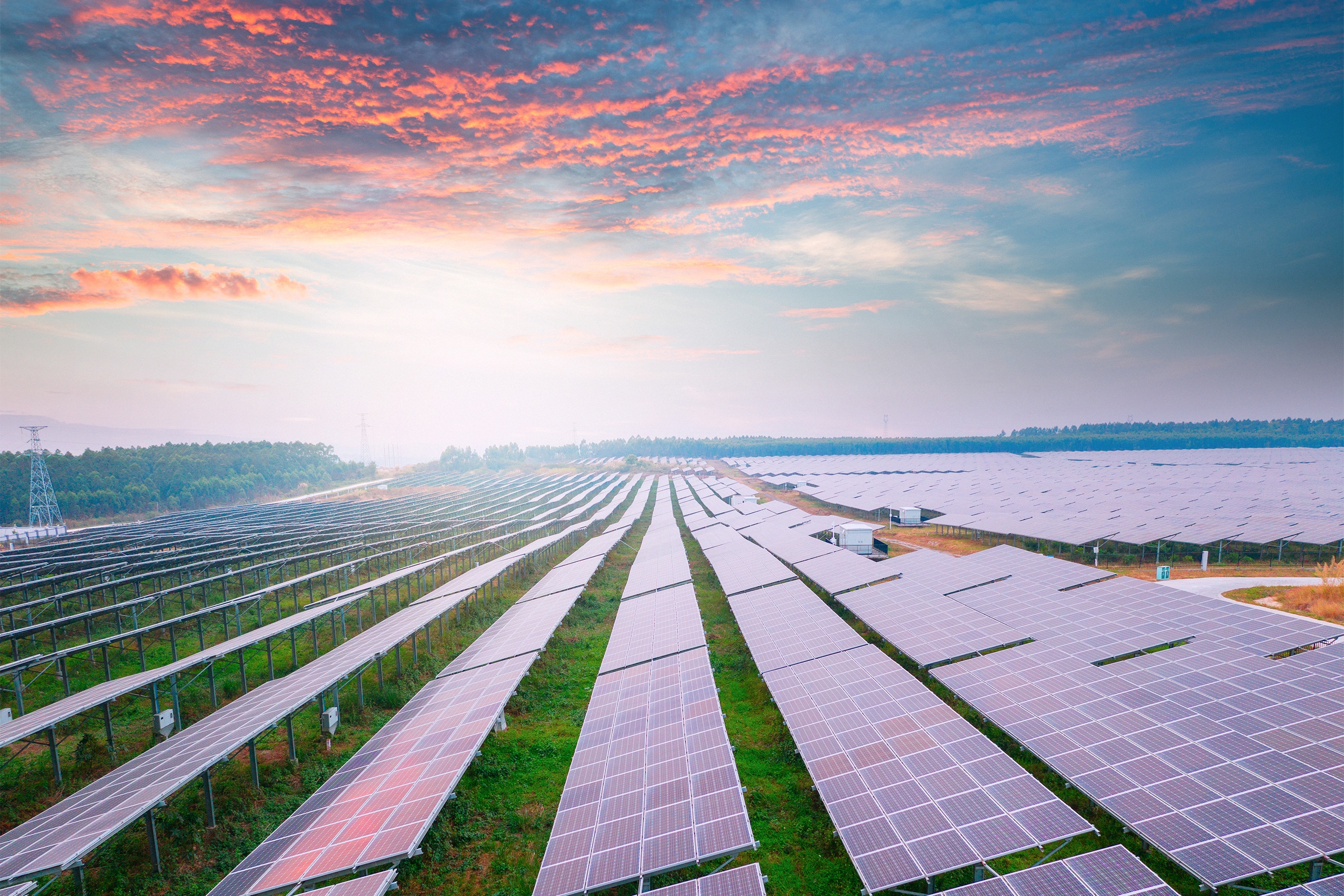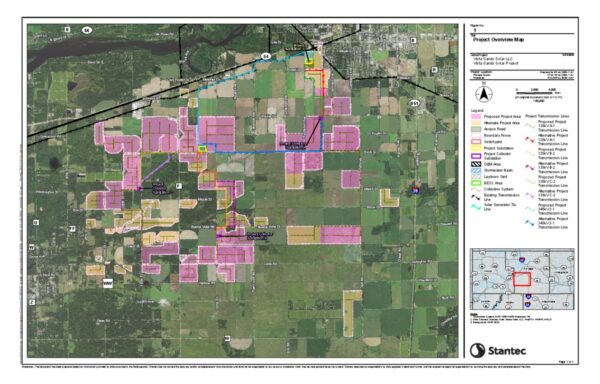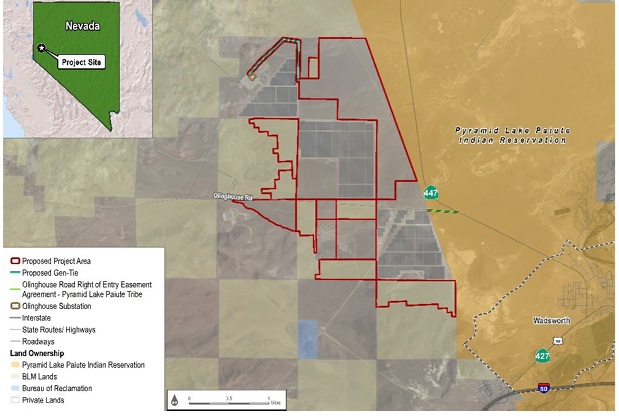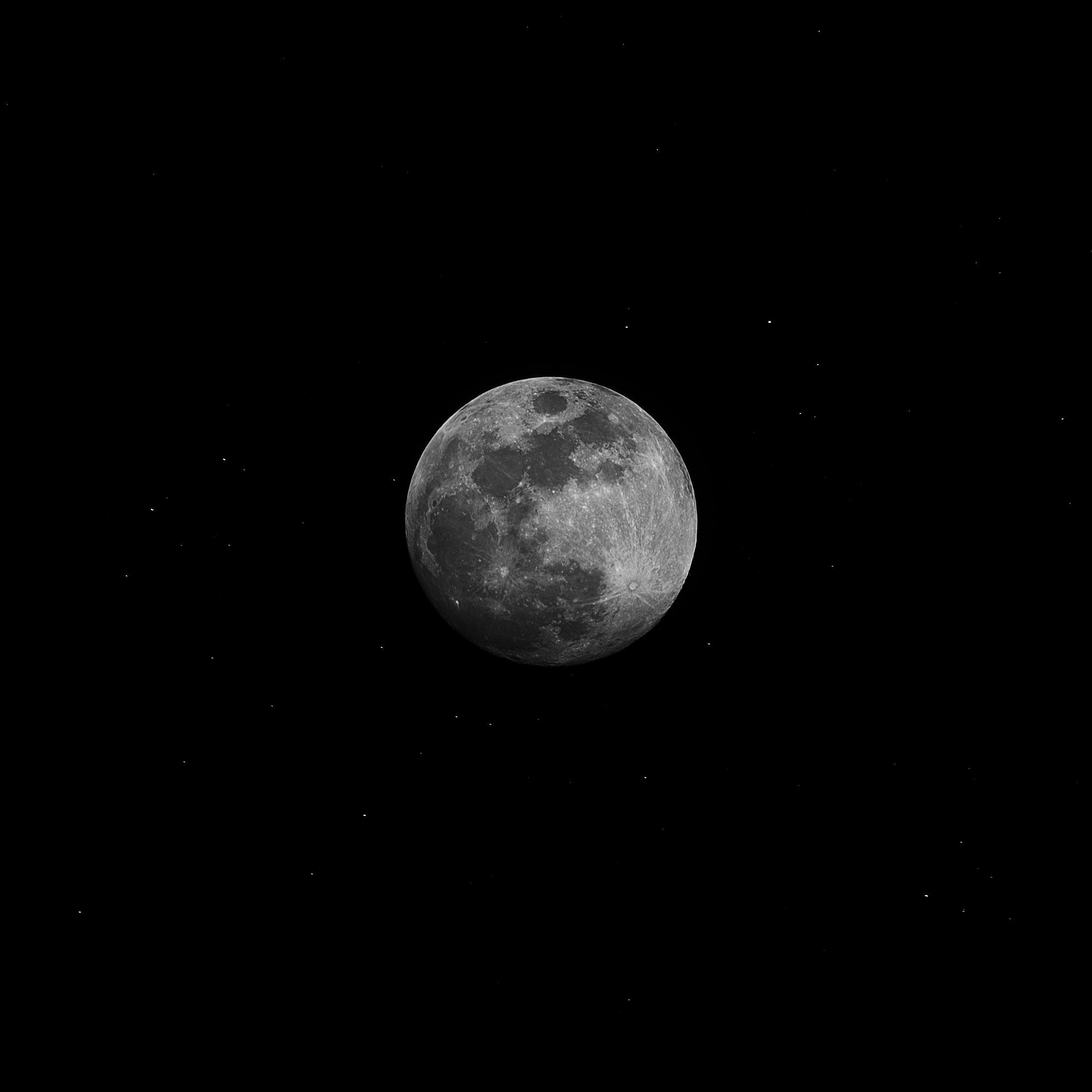Largest solar project in Wisconsin history gets the wildlife greenlight
The Wisconsin Wildlife Federation and Vista Sands Solar project reached an agreement to allow the 1.3 GW project to maintain its size while also protecting the greater prairie-chickens.

The Wisconsin Wildlife Federation and Vista Sands Solar project reached an agreement to allow the 1.3 GW project to maintain its size while also protecting the greater prairie-chickens.
The largest solar project in Wisconsin history will coexist with the greater-prairie chickens following an agreement between the Wisconsin Wildlife Federation and Doral Renewables.
The 1.3 GW Vista Sands Solar project ran up against public opposition, which is not unusual for such a large project. Much of the opposition was centered around the solar project being situated next to the Buena Vista State Wildlife Area, home to a large population of greater prairie-chickens, a threatened grouse species in Wisconsin. The project will sit on nearly 7,000 acres in Portage County and feed energy to the local grid.
Due to concerns for the greater prairie-chicken, Doral Renewables made “significant” project design modifications and conservation commitments, the Public Service Commission (PSU) of Wisconsin said when it issued a final decision to approve the project January. The Wisconsin Wildlife Federation appealed this decision, but after several months of discussions, the two groups reached an agreement to allow the project to proceed.
As part of the agreement:
- 750 additional acres have been set aside specifically to address the Wisconsin Wildlife Federation’s concerns for the greater-prairie chicken.
- Vista Sands Solar has committed $1 million to the Wisconsin Wildlife Federation, specifically designated for habitat restoration and land acquisition in the greater prairie-chicken management priority areas.
- Project plans remain on schedule and capacity remains intact, ensuring solar-generated electricity will soon benefit Wisconsin homes and businesses.

Image: Grayson Smith/USFWS
“Vista Sands Solar remains fully committed to delivering one of Wisconsin’s most significant clean energy projects to date,” Jon Baker, project manager of Vista Sands Solar and vice president of development at Doral Renewables, told pv magazine USA. “While we continue to work through key planning and permitting milestones, we anticipate construction will begin in Spring of 2026, with full operations currently expected by the end of 2028.”
Baker said the project was adjusted to further protect wildlife habitat and mitigate stakeholders’ concerns, “demonstrating that energy progress and environmental stewardship are not at odds.”
In a joint statement, the Wisconsin Wildlife Federation and Vista Sands Solar said the settlement is a model for future collaboration between stakeholder groups and energy developers. “It sends a powerful message: with good-faith engagement and open dialogue, environmental stewardship and renewable energy goals are not mutually exclusive.”
Cody Kamrowski, executive director of the Wisconsin Wildlife Federation, said the agreement “shows what’s possible when conservation organizations and energy developers engage, listen to one another, and work toward a shared vision.”
Vista Sands Solar represents a total capital investment of over $1 billion and will create approximately 500 jobs during construction and about 50 permanent jobs. The developer expects the project to support local communities through utility aid payments, which are estimated to exceed $6 million annually to Portage County and the municipalities hosting the project.
Some of the environmental promises made by Doral Renewables include the restoration of up to 7,900 acres of agricultural land in the vicinity of the wildlife area. The area under development will be seeded with a beneficial wildflower mix, and development is designed to have no negative effect on waterways. In addition, Doral Renewables agreed to not construct solar within 500 feet of important habitat for the great prairie chicken.

Prior to the project’s approval, Doral Renewables engaged research and analytics firm Quantum Energy to investigate the impact of its proposed project. The subsequent report laid out in detail the positive effects the community can expect from the ground-mounted, single-axis tracker solar array once connected to grid.
Among several benefits, the study found that the Vista Sands project would eliminate approximately 1.2 GWh of natural gas generation and 950 GWh of coal generation on the MISO regional grid annually. With expected production at 2.3 GWh, approximately 94% of the electricity generated by Vista Sands would displace fossil fuel generation. Overall, the reductions in global and local pollutants are projected to produce approximately $630 million in additional economic gains in the first year alone, attributed to the reduction in healthcare costs and ecosystem preservation services.
Moving forward, the Wisconsin Wildlife Federation said it will advocate for the inclusion of stakeholder voices, including the Department of Natural Resources advisory committees, during the early stages of project planning and permitting.
Approval of a 1.3 GW solar project in Wisconsin is significant, as the state currently has 3.3 GW of solar installed, according to the Solar Energy Industries Association.
What's Your Reaction?


























































